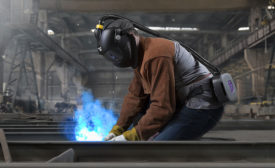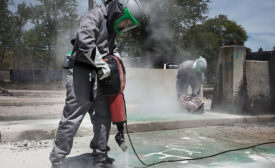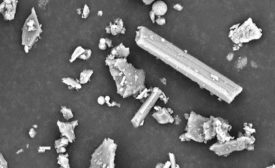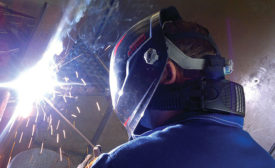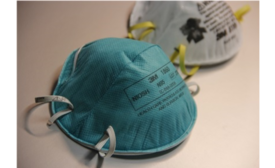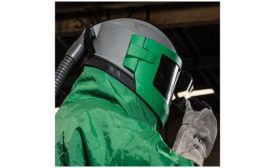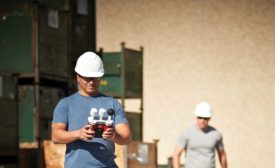Home » respirators
Articles Tagged with ''respirators''
Current trends in respiratory protection
Silica & opioid exposures; technology advances
September 12, 2018
Every worksite should evaluate respiratory protection needs
How exposed are you?
May 10, 2017
OSHA wants to amend respiratory protection standard
Makes bid to add two more fit-testing protocols
January 10, 2017
Become a Leader in Safety Culture
Build your knowledge with ISHN, covering key safety, health and industrial hygiene news, products, and trends.
JOIN TODAYCopyright ©2025. All Rights Reserved BNP Media.
Design, CMS, Hosting & Web Development :: ePublishing

